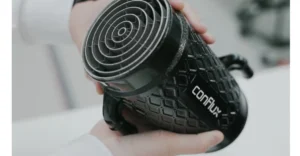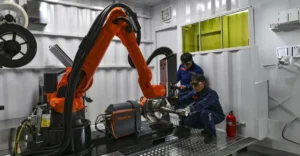Four innovative resins launched in recent months offer advanced features like optical clarity and heat resistance for 3D printing.
The advanced materials for 3D printing global market took a major leap this month as four companies introduced resin-based alternatives that help resolve issues that have continued to plague manufacturers looking for functional possibilities.
The new photopolymer resins, all released within the past five months, provide vat photopolymer users access to crucial properties including optical transparency, biocompatibility, dielectric capabilities and enhanced durability.
Last month, PolySpectra partnered with Tethon 3D to launch ThOR 10, a composite resin combining PolySpectra’s Cyclic Olefin Resins with ceramic fillers from Tethon 3D. The material features impressive specifications including 55 J/m impact strength, over 20% elongation, and a high glass transition temperature of 131°C, making it suitable for components exposed to stress and harsh environments.
Axtra3D ventured into the tough silicone 3D printing space with TrueSilX50, an elastomeric pure silicone resin suited for use with its Lumia X1 printer. Measuring 48A on the durometer scale, the material provides the flexibility, durability and biocompatibility of pure silicone, with benefits over conventional moulding procedures such as the ability to design more freely and the potential for reduced production times.
Nanoscribe introduced the photoresin IPX-Clear in the beginning of this year, a photoresin with excellent optical transparency, which the company developed particularly for the process of Two-Photon Polymerization and its Two-Photon Grayscale Lithography technology. Both the light transmission in the 380-780 nm range and ultra-smooth finish of this material, with a surface roughness of less than 10 nm, are beneficial for optical applications such as imaging systems and sensing technologies.

Towards the end of last year Nano Dimension, as the company behind Ataru calls itself, announced a UV-Curable resin for DLP systems. Designed for high-temperature, the material has a glass-transition temperature of more than 300°C, and is suitable for forming and molding tools. It also has low loss dielectric, so it can be used in high frequency electrical applications such as RF antennas.
Read more : Bambu Lab Unveils New H2D 3D Printer
These material developments come after years of efforts to meet manufacturers’ fears regarding material constraints when comparing additive manufacturing to traditional production techniques. Although the industry cannot yet play IDM in the game of material selection, these innovations suggest that the industry is driving an ongoing expansion of options and development of specialized materials for key applications.
































